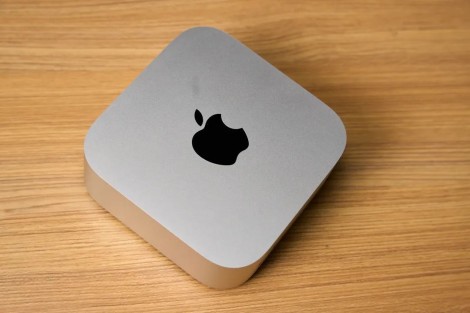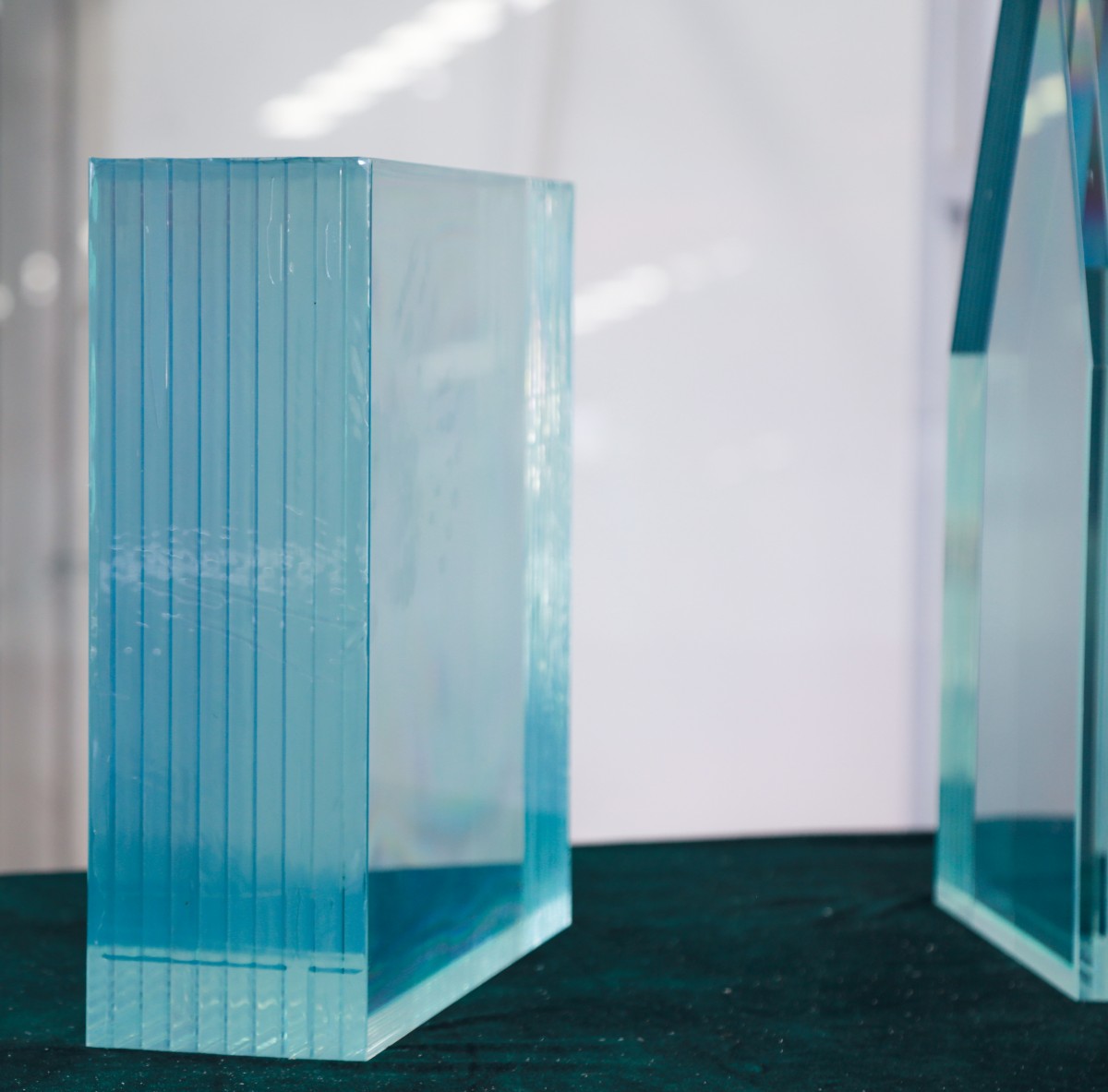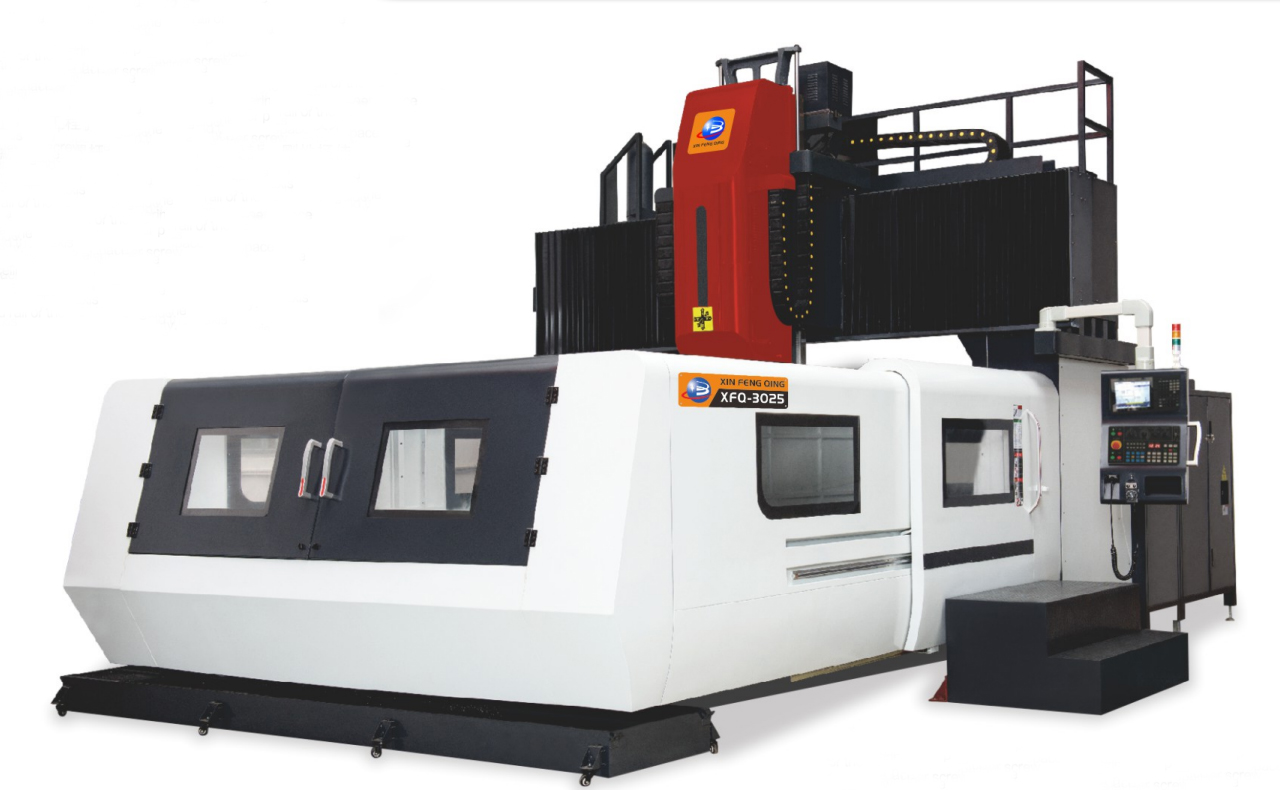In the realm of architectural design and engineering, the creation of blueprints is a fundamental step that bridges the gap between conceptual ideas and tangible structures. The precision and clarity of these blueprints are paramount, as they serve as the blueprint for construction, guiding builders and contractors through the intricate details of a project. But what printer is used to make blueprints? This question delves into the specialized world of printing technology, where specific printers are tailored to meet the unique demands of blueprint production.
The Evolution of Blueprint Printing
Historically, blueprints were created using a process known as cyanotype, which involved a chemical reaction to produce blue images on white paper. However, with advancements in technology, the printing landscape has evolved significantly. Today, the term blueprint encompasses a variety of printing techniques and technologies, including digital printing, inkjet printing, and large-format printing.
Types of Printers Used for Blueprints
- Large-Format Inkjet Printers
Large-format inkjet printers are the most common choice for producing blueprints in modern architectural and engineering firms. These printers can handle wide rolls of paper, allowing for the printing of large-scale designs without compromising detail. They utilize high-quality ink that can produce vibrant colors and sharp lines, essential for conveying intricate details in architectural plans. Brands like HP, Canon, and Epson offer specialized models designed for CAD (Computer-Aided Design) applications, ensuring that the prints are not only accurate but also durable. - Plotters
Plotters are another essential tool in the blueprint printing process. Unlike traditional printers that use inkjet technology, plotters use pens to draw images on paper. This method is particularly effective for producing precise line drawings, making them ideal for technical drawings and blueprints. Plotters can handle large sheets of paper and are often used in conjunction with CAD software to produce detailed architectural plans. - Laser Printers
While not as common for large-scale blueprints, laser printers can be used for smaller projects or when high-speed printing is required. They are particularly effective for monochrome prints, making them suitable for black-and-white architectural drawings. However, their limitations in handling large formats and color accuracy make them less favorable for comprehensive blueprint production.
Key Features to Consider When Choosing a Blueprint Printer
When selecting a printer for blueprint production, several factors should be taken into account:
- Print Size: Ensure the printer can accommodate the dimensions of your blueprints. Large-format printers typically support sizes up to 44 inches wide or more.
- Resolution: A higher resolution (measured in DPI - dots per inch) ensures that fine details are captured accurately. Look for printers that offer at least 1200 DPI for optimal results.
- Ink Quality: The type of ink used can significantly affect the longevity and vibrancy of the prints. Pigment-based inks are often preferred for their durability and resistance to fading.
- Speed: In a fast-paced environment, the speed of printing can be crucial. Evaluate the printer's output speed, especially if you frequently produce large volumes of blueprints.
- Software Compatibility: Ensure that the printer is compatible with the CAD software you use. Many manufacturers provide drivers and support for popular design programs, streamlining the printing process.
Conclusion
In conclusion, the choice of printer for creating blueprints is not merely a matter of preference but rather a critical decision that impacts the quality and accuracy of architectural designs. Large-format inkjet printers and plotters stand out as the most effective tools for this purpose, offering the precision and scale necessary for professional-grade blueprints. As technology continues to advance, staying informed about the latest printing solutions will empower architects and engineers to produce exceptional designs that stand the test of time. Whether you are a seasoned professional or a newcomer to the field, understanding the nuances of blueprint printing will undoubtedly enhance your workflow and project outcomes.





+ There are no comments
Add yours